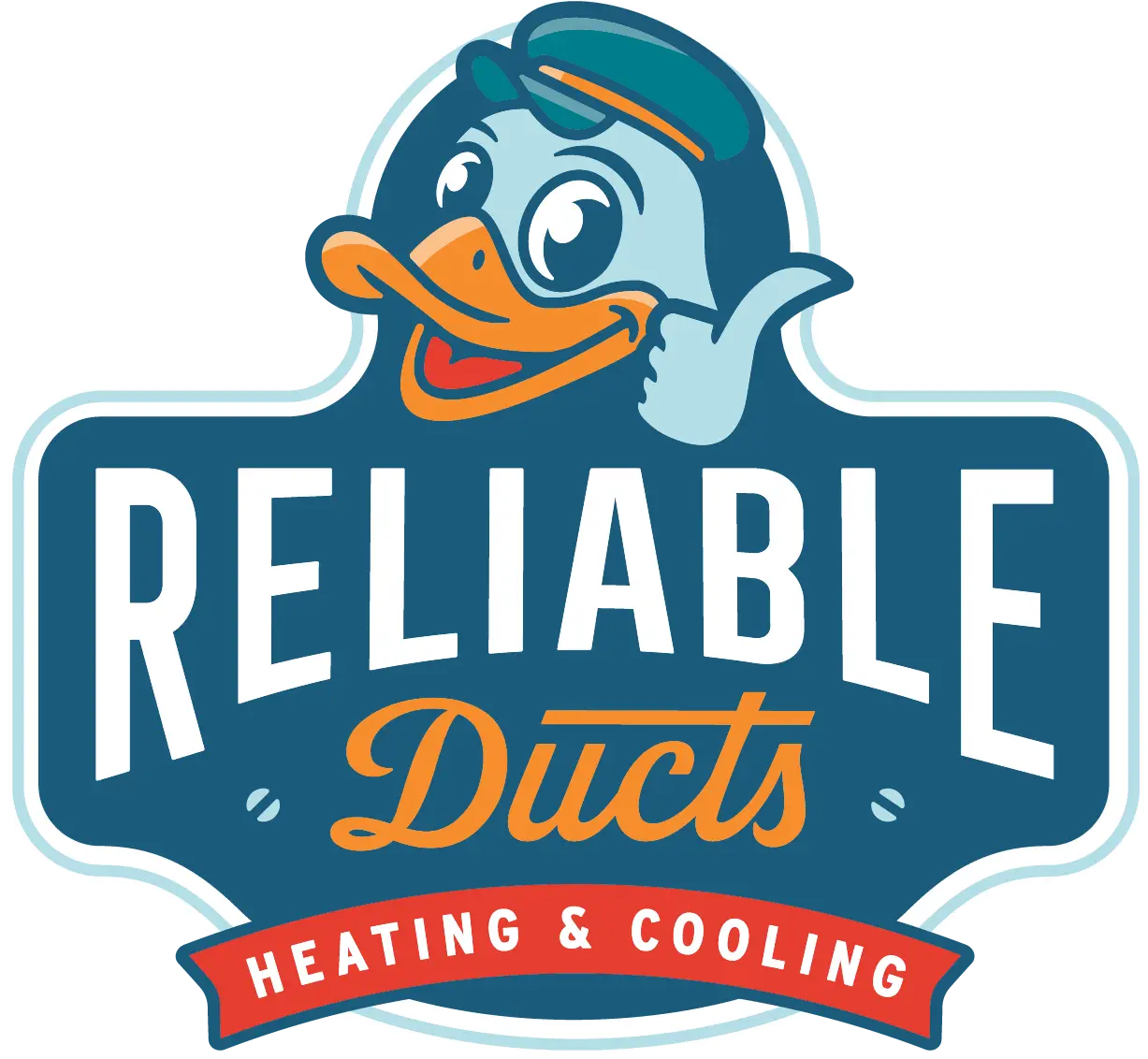How to Identify Damaged Ductwork in Your Home
[vc_row][vc_column][vc_column_text]Your HVAC system’s ductwork is crucial for distributing conditioned air throughout your home. However, over time, ducts can sustain damage, leading to inefficiencies and poor indoor air quality. Knowing the signs of damaged ductwork can help you address issues early, ensuring your HVAC system operates at its best. Higher Energy Bills: One of […]
How to Beat the Heat in Jacksonville, FL: Your Ultimate Guide to Staying Cool
[vc_row][vc_column][vc_column_text]Jacksonville, FL, known for its sunny days and high temperatures, especially during the summer, can make staying cool a challenge. Whether you’re a local or planning to move here, understanding how to effectively manage your indoor climate is key. Here’s how you can beat the heat in Jacksonville with some savvy HVAC management. Understanding […]
Finding Your Comfort Zone: What Temperature Should You Set Your AC At?
[vc_row][vc_column][vc_column_text]As temperatures rise, finding the perfect setting for your air conditioning (AC) system becomes crucial for maintaining a comfortable indoor environment. However, determining the ideal temperature can be a subjective matter influenced by factors such as personal preference, energy efficiency goals, and environmental considerations. In this article, we’ll explore the factors to consider when setting […]
Finding the Perfect Balance: What Temperature Should You Set Your AC At?
[vc_row][vc_column][vc_column_text]As the scorching heat of summer bears down upon us, finding respite indoors often means relying on the cooling comfort of air conditioning. However, determining the ideal temperature setting for your AC unit can be a matter of contention, with preferences varying based on personal comfort, energy efficiency goals, and environmental considerations. In this article, […]
Exploring the Positive Environmental Impact of Modern HVAC Systems
[vc_row][vc_column][vc_column_text]Heating, ventilation, and air conditioning (HVAC) systems are essential for comfort in homes and businesses around the world. Traditionally, these systems have been targets of environmental concerns due to their high energy use and refrigerant emissions. However, advancements in technology and increased awareness of environmental issues have led to innovative changes. Today’s HVAC systems are […]
Do Open Windows Increase Indoor Air Pollution?
[vc_row][vc_column][vc_column_text]Our health and wellbeing are significantly impacted by the quality of the air within our houses. Many homeowners believe that opening windows to let in fresh air is beneficial, but concerns about whether this can actually increase indoor air pollutants are valid. This blog explores the effects of open windows on indoor air quality and […]
Do Ceiling Fans Really Cool Down Rooms?
[vc_row][vc_column][vc_column_text]Ceiling fans have long been a staple in homes across various climates, lauded for their ability to enhance comfort during warmer months. However, a common question persists: Does running a ceiling fan actually keep the room cooler? The short answer is no, but the full explanation reveals how ceiling fans play a crucial role in […]
7 Reasons Why Your AC Is Running But Not Blowing Cold Air
7 Reasons Why Your AC Is Running But Not Blowing Cold Air There are many reasons why your AC can be running but not cooling. A faulty air conditioner can result in high energy bills and an uncomfortable indoor environment. If your system is not cooling, it does not always mean it will cost you […]
Different HVAC Systems and Their Lifespan
An HVAC system is a major purchase for any homeowner. It’s important to know how long your system will last before buying it. We’ll look at the average lifespan of different types of HVAC systems and what you can do to prolong the life of your new system. Central Air Conditioner Very few things in […]
